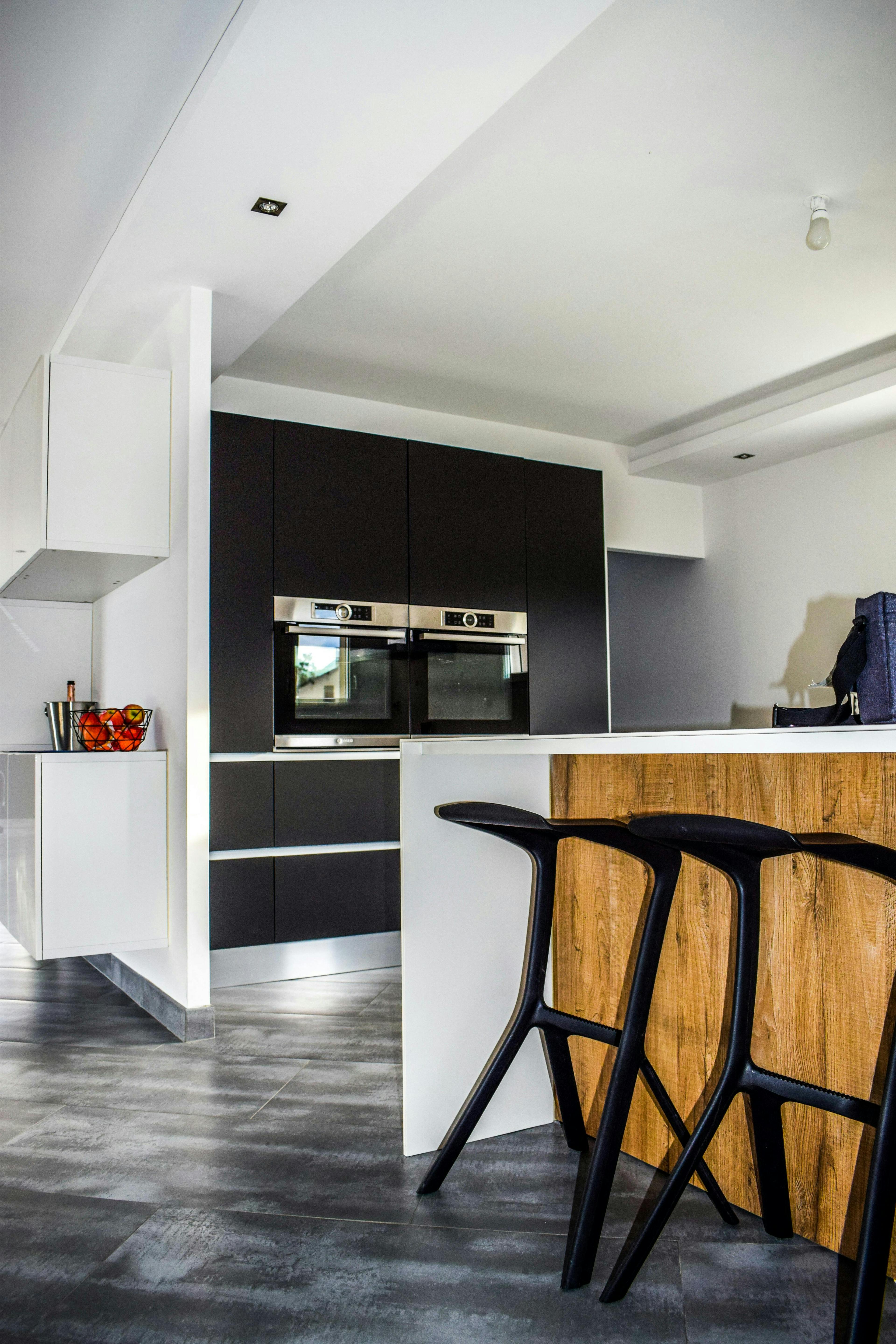Understanding Mold Growth in Homes: Causes and Prevention

Mold is a common issue in many households, often leading to concerns about health and property damage. Understanding why mold grows in homes is crucial for preventing its occurrence and mitigating its effects. This article delves into the conditions that foster mold growth and offers insights into how homeowners can address this pervasive problem.
The Science Behind Mold Growth
Mold spores are a natural part of the environment, present almost everywhere, both indoors and outdoors. These microscopic spores can enter homes through doors, windows, vents, and HVAC systems, or they can be carried in on clothing, shoes, and pets. The key factor that transforms dormant spores into active mold growth is moisture. When mold spores land on wet or damp surfaces, they find the perfect conditions to start growing and proliferating.
Common Materials as Mold Hosts
Homes are filled with materials that can support mold growth. Some of the most common include:
- Ceiling tiles
- Wallpaper
- Insulation material
- Wood products
- Carpet
These materials, when exposed to moisture, provide the organic food source that molds need to thrive. The porous nature of these materials allows mold to not only grow on their surface but also penetrate deeper, making removal more challenging.
High-Humidity Areas in Homes
Certain areas of the home are more susceptible to mold growth due to their naturally high humidity levels. These include:
- Bathrooms
- Basements
- HVAC systems
- Laundry rooms
In these environments, the combination of moisture and lack of adequate ventilation creates an ideal breeding ground for mold.
Causes of Indoor Mold Growth
While high humidity is a primary factor, there are several other conditions and events that can lead to mold growth in homes:
- Flooding: Significant water intrusion, such as from flooding, can saturate building materials and furnishings, providing extensive moisture for mold to grow.
- Leaky Roofs: Chronic water intrusion from a leaky roof can go unnoticed for long periods, allowing mold to establish itself in the attic and upper walls.
- Poor Building Maintenance: Neglecting regular home maintenance can lead to conditions that support mold growth, such as clogged gutters that cause water to seep into walls.
- Indoor Plumbing Problems: Leaky pipes and fixtures can create hidden moist areas within walls and under floors, out of sight but perfect for mold.
Preventing Mold Growth in Your Home
Preventing mold growth involves controlling moisture levels and ensuring proper ventilation. Here are some strategies homeowners can employ:
- Fix Leaks Promptly: Address leaks as soon as they are discovered to prevent moisture accumulation.
- Use Dehumidifiers: In naturally humid areas like basements, use dehumidifiers to maintain a drier environment.
- Ensure Proper Ventilation: Install exhaust fans in bathrooms and kitchens to vent moisture-laden air outside.
- Regular Maintenance: Keep up with home maintenance tasks, such as cleaning gutters and inspecting the roof, to prevent water damage.
Conclusion
Mold growth in homes is a common issue that arises from the presence of moisture and organic materials. By understanding the causes and conditions that lead to mold proliferation, homeowners can take proactive steps to prevent its growth and protect their health and property. Regular maintenance, moisture control, and adequate ventilation are key to creating a mold-resistant home environment.